Our references
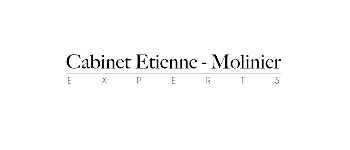
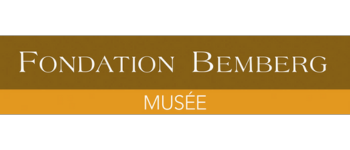
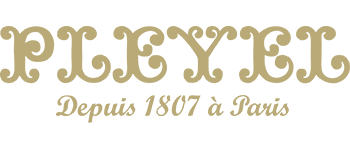
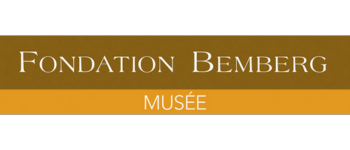


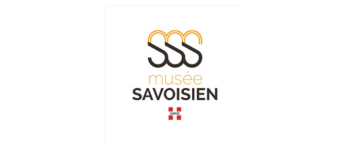

We offer a scientific and bibliographic study that complement each other to provide a comprehensive and reliable evaluation of the history of a work of art.
The scientific study enriches the historical research with objective data on the materials and their dating, while the bibliographic analysis sheds light on the artwork’s history, provenance, and context.
When the results of both methods align, they provide a robust validation of the authenticity and dating of the work.
If contradictions appear between the two approaches, this may indicate intentional or unintentional misinterpretation or falsification of the artwork. This complementarity allows for a higher level of certainty in the authentication of artworks.
These procedures are now considered essential for acquisitions made by one of the Musées de France.
We operate in France and Europe
48-hour turnaround upon request & depending on context
It allows the artwork to be placed within its historical, geographical, and cultural context. By examining written documents such as books, articles, catalogues, art critiques, archives, and other historical sources, we can retrace the history of the piece.
The bibliographic study also helps to situate the artist within their environment. Understanding the time period during which the artist created their works, the artistic movements they were part of, their influences, and their personal development offers insights into the message or artistic intent behind the work.
Researching the provenance of a work of art—its historical journey from creation to its current location—helps ensure its authenticity.
Searching through auction catalogues, private correspondence, collection inventories, or mentions in past exhibitions allows us to validate its ownership history.
Consulting ancient writings or recent studies can correct past errors and ensure that the work is correctly attributed. This is done by relying on comparative analyses with similar works, historical references, or even eyewitness accounts from the period.
By comparing technical observations with restoration reports and historical descriptions of the piece, it is possible to determine whether retouching and overpainting are original or were made with the intent to falsify the work.
The analysis of support construction techniques, signatures, or underlayers can support the historical and stylistic hypotheses formulated during the bibliographic study.
Scientific dating methods of pictorial materials, supports, metals, and alloys (such as isotopic analysis, dendrochronology, or radiocarbon dating of organic materials) are crucial tools for determining the potential age of a work of art. These techniques make it possible to analyze natural elements present in the artwork—such as wood used in sculptures or paint panels—in order to determine the harvest period of these materials.
A dating result that aligns with the time period in which the artist lived supports the authenticity of the work, while an inconsistency could raise doubts about its genuineness.







